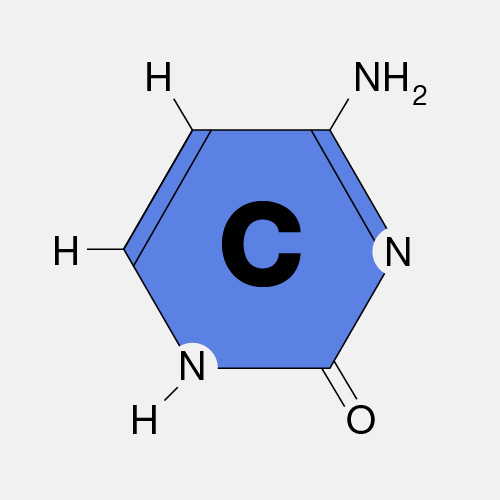Phosphate Backbone
Definition
A phosphate backbone is the portion of the DNA double helix that provides structural support to the molecule. DNA consists of two strands that wind around each other like a twisted ladder. Each strand has a backbone made of alternating sugar (deoxyribose) and phosphate groups. Attached to each sugar is one of four bases--adenine (A), cytosine (C), guanine (G), or thymine (T). The two strands are held together by bonds between the bases, with adenine forming a base pair with thymine, and cytosine forming a base pair with guanine.

Narration
The phosphate backbone is the outside of the ladder when you see a picture of DNA or RNA. The sides connecting all the molecules are where the phosphate backbones are. And they have this remarkable property in that phosphate backbones link the chemical building blocks of DNA, the nucleotides, together in a very, very stable way, and so that it is very difficult to break those bonds and takes specific enzymes to do it. The other remarkable thing about phosphate backbones is the energy for producing the DNA polymer comes from the phosphate itself. So when DNA is synthesized, there is an ATP, an energy molecule, that's part of the phosphate backbone that is used to link the DNA together.




